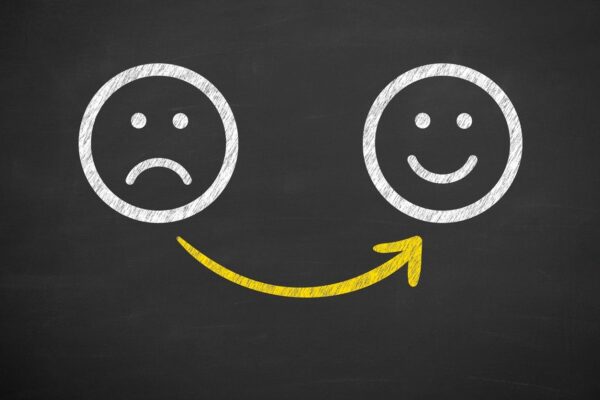
- In-home/school provider in the Dallas- Fort Worth Area
- +1 214-833-6604
- intake@ayudaautism.com
FAQ
- Home
- FAQ

What is an initial assessment?
Individualized programming is derived from an individualized assessment, which is the first step to beginning our ABA program. While various assessment tools are available, the main tools we use are the Assessment of Basic Language and Learning Skills (ABLLS) and the Verbal Behavior Milestones Assessment & Placement Program (VB-MAPP).
Does ABA Therapy mean my child is “stuck” at a table all day?
While sitting still at a table may be a developmental goal for some children, it certainly isn’t the only one! There are hundreds or thousands of skills that every child needs to develop, and many of them are much more fluid and active. Learning a task through repetitive attempts or “discrete trial training” is an important part of how certain skills are learned. However, ABA therapy ensures children will develop a real-world set of skills, and “natural environment training” is a key part of our approach. They will likely be on the ground playing, running around our jungle gym area, having a snack or meal in our lunchroom, playing with a new toy, and learning critical skills through repetitive methods. There is a huge variety of skills and methods used in ABA.
Find the answer for some of your questions or give us a call!
How many hours of ABA does my child need?
An effective ABA program needs a minimum of 10 hours per week. Most of the kids receive about 20 hours per week. Some even do 30-40 hours of ABA therapy. Hearing that number can be surprising to some. Remember ABA programs are integrated into the natural environment. Therapeutic programs are play-based and fun. The ongoing, one-on-one support is designed to ensure every child reaches their individual goals.
What do the terms “ early intervention” and “ intensive intervention” mean?
“Early intervention” refers to programs designed to begin before age 4. “Intensive” refers to programs that total 25 to 40 hours per week for 1 to 3 years. These programs allow children to learn and practice skills in both structured and unstructured situations. The “intensity” of these programs may be particularly important to replicate the thousands of interactions that typical toddlers experience each day while interacting with their parents and peers.
Do intensive interventions make the difference?
Several studies have demonstrated that many children with autism experience significant improvements in learning, reasoning, communication and adaptability when they participate in high-quality ABA programs. Some preschoolers who participate in early intensive ABA for two or more years acquire sufficient skills to participate in regular classrooms with little or no additional support. Other children learn many important skills, but still need additional educational support to succeed in a classroom. In some studies, researchers compared intensive ABA with less intensive ABA and/or other early intervention or special education programs for children with autism. Generally, they found that children who receive intensive ABA treatment make larger improvements in more skill areas than do children who participate in other interventions. In addition, the parents of the children who receive intensive ABA report greater reductions in daily stress than do parents whose children receive other treatments.
LEARN MORE
-
Serving all of DFW and expanding! No physical locations. We are an in-home and school provider!
-
If you need ABA services, call us today!
-
If you need us, please email us!
About Us
Ayuda Autism Services provides ABA therapy to children in the Dallas area and it is quickly growing and expanding to other states and cities. Our multicultural approach serves children and their families from all communities and backgrounds. If you want to contact us, please use the phone number or email provided. We won't send text messages unless, you have already contacting us asking for information.
- Dallas, Texas



